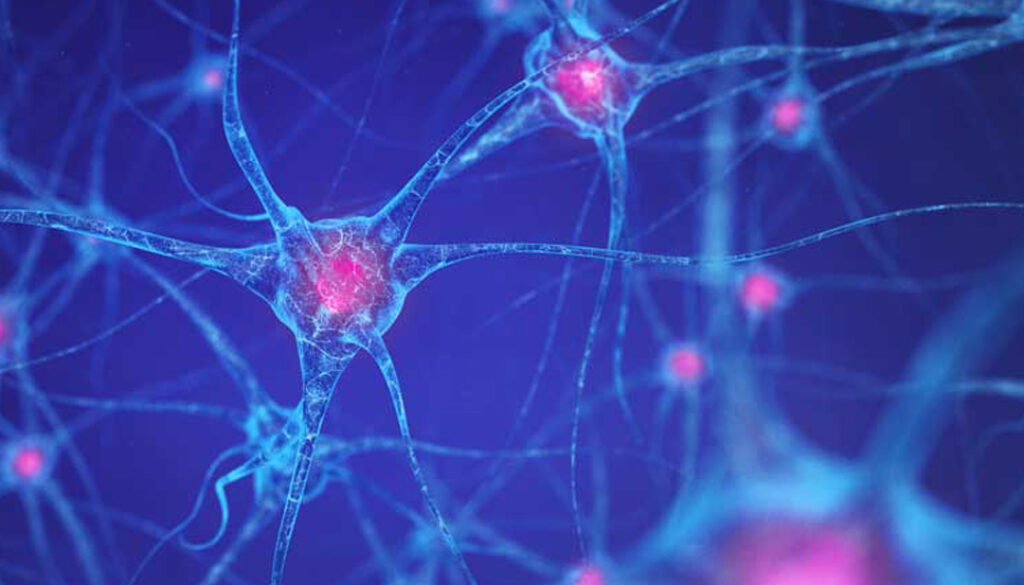A New Link Between Alzheimer’s Disease and….Cold Honey?
From NPR, a basic physics lesson may be a key to understanding diseases like Alzheimer’s.
“The same process that causes dew drops to form on a blade of grass appears to play an important role in Alzheimer’s and other brain diseases.
The process, known as phase transition, is what allows water vapor to condense into liquid water, or even freeze into solid ice. That same sort of process allows brain cells to constantly reorganize their inner machinery.
But in degenerative diseases that include amyotrophic lateral sclerosis, frontotemporal dementia, and Alzheimer’s, the phase transitions inside neurons seem to go awry, says Dr. J. Paul Taylor, a neurogeneticist at St. Jude Children’s Research Hospital in Memphis, and an investigator with the Howard Hughes Medical Institute.
This malfunctioning prompts the interior of the cell to become too viscous, Taylor says. “It’s as if you took a jar of honey [and] left it in the refrigerator overnight.”
This change makes the environment inside of neurons “sticky” and less adaptable. This means some functions get “stuck” on and unable to change as in normal neurons. In laboratory settings, scientists have been able to “unstick” these neurons, and restore some cellular flexibility. Treatments based on this research are still years away, but it is a very promising study.
Brought to you by smpltec.com, Technology for Seniors News.

















